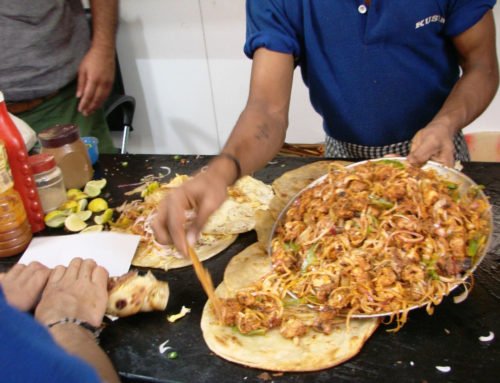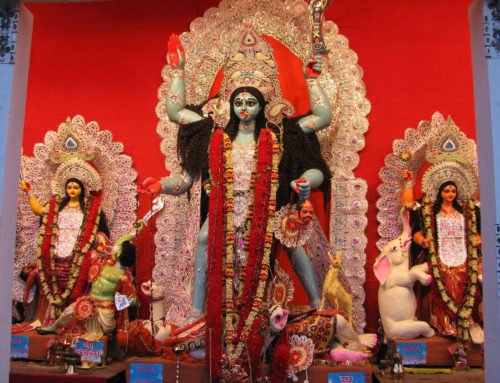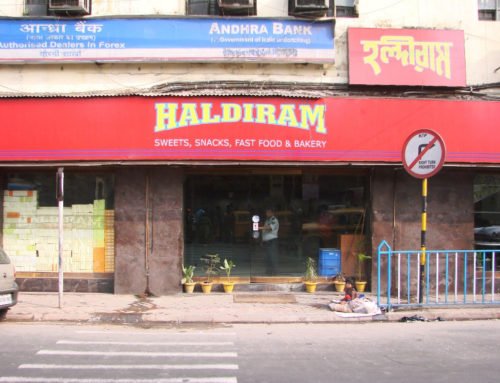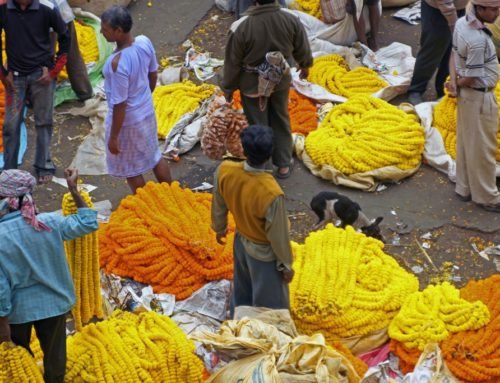Overview
- Features: 18th & 19th century colonial buildings, churches & mosques
- Opening Times: 8am to 5pm, daily
- Best Time to Visit: Mornings
- Duration: Half a day
- Travelled By: Metro
- Cost: Free
- Address: BBD Bagh area, Kolkata, West Bengal, India
- Type: Activity, Building
Author Reviews[display_rating_item_results rating_form_id=”2″ rating_entry_ids=”1″ show_category_filter=”false” show_options=”true” result_type=”star_rating” preserve_max_rating=”true” show_title=”false” show_count=”false” ]
Total Rating: [display_rating_result rating_form_id=”2″ show_count=”false” show_rich_snippets=true] [accordions load=”1″] [accordion title=”User Reviews” last] [display_rating_item_results rating_form_id=”5″ show_options=”true” result_type=”star_rating” preserve_max_rating=”true” show_title=”false” show_count=”true” show_rich_snippets=true] [/accordion] [accordion title=”Add Review”][display_rating_form show_email_input=”true” show_comment_textarea=”true” show_name_input=”true” rating_form_id=”5″] [/accordion] [/accordions]
Summary
A self-guided walking tour of Old Kolkata is one of the best ways to see the sights and sounds in Kolkata. The streets around BBD Bagh is the “heart” of Kolkata and was the site of the original Kolikata, one of the villages from which the city grew. The BBD Bagh square is ringed by British colonial buildings, dating to the 18th and 19th centuries. These were once the centres of British administrative and commercial control and are worth inspecting on a self-guided walking tour of Old Kolkata.
Visit 14 Top Attractions on a Walking Tour of Old Kolkata
1. Raj Bhavan Kolkata
Start your tour at the Esplanade Metro station and walk south to SN Banerjee Road. Take a right on to Rashmoni Avenue past a roundabout which gets you to Indira Gandhi Sarani. On the right is the 18th century Raj Bhavan.
Magnificent neo-Classical gateways lead to the Old Government House, built in the 18th century. Somewhat resembling the US White House, the grand Raj Bhavan was designed in 1799 along the lines of Kedleston Hall, the Derbyshire home of the Curzon family. By strange coincidence, one of its most famous masters a century later would be none other than Lord Curzon. Today, the building is the official residence of the West Bengal governor and visitors may only peep through the ornate giant gates.
[singlepic id=515 w=720 h=560 float=center]
2. Eden Gardens Kolkata
[singlepic id=517 w=720 h=560 float=center]
Continue along Shahid Khudiram Bose Road to the world-famous Eden Gardens on the left.
The vast Ranji Stadium hosting Kolkata cricket matches is commonly nicknamed for the Eden Gardens that lie behind. Those gardens feature a lake and picturesque Burmese Pagoda. Entry is usually limited to the south gate, but a small, more convenient north portal near Gate 12 of Ranji Stadium is occasionally open.
3. High Court Kolkata
[singlepic id=513 w=720 h=560 float=center]
On the right is another of Kolkata’s greatest architectural triumphs, the 19th-century High Court building, loosely modelled on the medieval Cloth Hall in Ypres (Flanders). You can’t go inside, but for good exterior views approach from the south walking past the western end of the low-domed West Bengal Assembly building.
4. St John’s Church Kolkata
[singlepic id=504 w=720 h=560 float=center]
Retrace your steps along Shahid Khudiram Bose Road and turn left onto Government Place West and continue walking to the intersection at Kiran Shankar Roy Road. On the left is St John’s Church based on London’s St-Martin-in-the-Fields.
The first parish church in Kolkata, St John’s Church was established in 1787. It boasts an impressive stained-glass panel of The Last Supper, in which the artist Johann Zoffany gave the 12 disciples the faces of British personalities famous in the city at the time.
This stone-spired 1787 church is ringed by columns and contains a small, portrait-draped room once used as an office by Warren Hastings, India’s first British governor-general (on the right as you enter). The graveyard (admission Rs 10) contains two curious octagonal monuments, the mausoleum of Job Charnock celebrating Kolkata’s disputed ‘founder’ and a 1902 Black Hole Memorial that was moved here in 1940.
5. Lal Dighi Tank Kolkata
[singlepic id=509 w=720 h=560 float=center]
Continue walking north along Council House Street past Lal Dighi tank. The view across Lal Dighi tank is quite impressive. The East India Company’s seat of administration, their courts of justice and the churches for their Sunday services were set up around this small tank, fed by springs.
6. GPO Kolkata
[singlepic id=514 w=720 h=560 float=center]
Further up the road is the GPO on the left. Kolkata’s General Post Office is housed in this building with its impressive rotunda. Designed by Walter Granville in 1866, it was built on the ruins of the original Fort William, site of the infamous ‘Black Hole of Calcutta’. At night, floodlit in pale violet light, it looks particularly impressive when viewed across the lake from behind the BBD Bagh minibus stand.
7. Writers’ Building Kolkata
[singlepic id=500 w=720 h=560 float=center]
Take a right turn onto BBD Bagh North, then turn left onto Brabourne Road. On the left is the imposing red-bricked Writers’ Building.
The hub of colonial India from 1777, this imposing building with its Corinthian façade derives its name from the “writers” (clerks) of the East India Company who worked here. The assassination of British Lieutenant-Governor, Lord Dalhousie took place within the photogenic Writers’ Building whose glorious south facade looks something like a French provincial city hall. Today, the state government has its offices here.
8. St Andrew’s Church Kolkata
[singlepic id=505 w=720 h=560 float=center]
On the right is St Andrew’s Church. Consecrated in 1818, the church has a soaring Wren-style spire, a magnificent organ and a beautifully carved pulpit.
Further north on Brabourne Road is the LIC Building, ICC Towers and Citi Bank buildings.
9. BethEl Synagogue Kolkata
[singlepic id=516 w=720 h=560 float=center]
Take a right onto Pollock Street to see BethEl Synagogue whose colonnaded interior can only be visited with written permission, obtained across town from Nahoum Bakery at Stall F-20 in New Market.
[singlepic id=511 w=720 h=560 float=center]
10. Magen David Synagogue Kolkata
[singlepic id=508 w=720 h=560 float=center]
Continue north along Brabourne Road till it intersects with Biplabi Rash Behari Road on the right. Further up on the left is Magen David Synagogue.
Kolkata’s Jewish community once numbered around 30,000 but these days barely 40 aging co-religionists turn up at Magen David Synagogue for rare celebrations in what looks, from outside, like a tall-spired church.
11. Neveh Shalime Synagogue Kolkata
[singlepic id=510 w=720 h=560 float=center]
Nearby is the derelict Neveh Shalime Synagogue, almost invisible behind the shop stalls that use it as a storehouse.
12. Cathedral of the Most Holy Rosary Kolkata
[singlepic id=518 w=720 h=560 float=center]
On the right is the 1797 Portuguese-Catholic Cathedral of the Most Holy Rosary. It has eye-catching crown-topped side towers and an interior whose font is festively kitsch.
13. Armenian Church of Nazareth Kolkata
[singlepic id=519 w=720 h=560 float=center]
Continue further north along Brabourne Road till it intersects with Basantalal Muraka Street on the right. On the left is the 18th century Armenian Church of Nazareth.
Founded in 1707, it is claimed to be Kolkata’s oldest place of Christian worship. Gravestones in the peaceful yard outside date back to 1630. The church’s low but finely proportioned, whitewashed clocktower-spire is best spied from Bonfield Lane.
14. Nakhoda Masjid Kolkata
[singlepic id=507 w=640 h=480 float=center]
Turn right onto Armenian Street and right again on to Rabindra Sarani. On the left is the 1926 Nakhoda Masjid. Rising above the colourful shopfronts of ever-fascinating Rabindra Sarani, this mosque has an impressive confection of red arches bristling with domes and minarets. It was loosely modelled on Akbar’s Mausoleum at Sikandra.
The self-guided walking tour ends here. You can walk to Central Metro station on Chittaranjan Avenue Road. Alternatively, you can head to Old Chinatown area nearby or take a short taxi trip to New Market for some well-deserved shopping.
Tell us what you think. Which attraction(s) in Old Kolkata would you like to see?
We love to hear from you so please leave your comments below.







